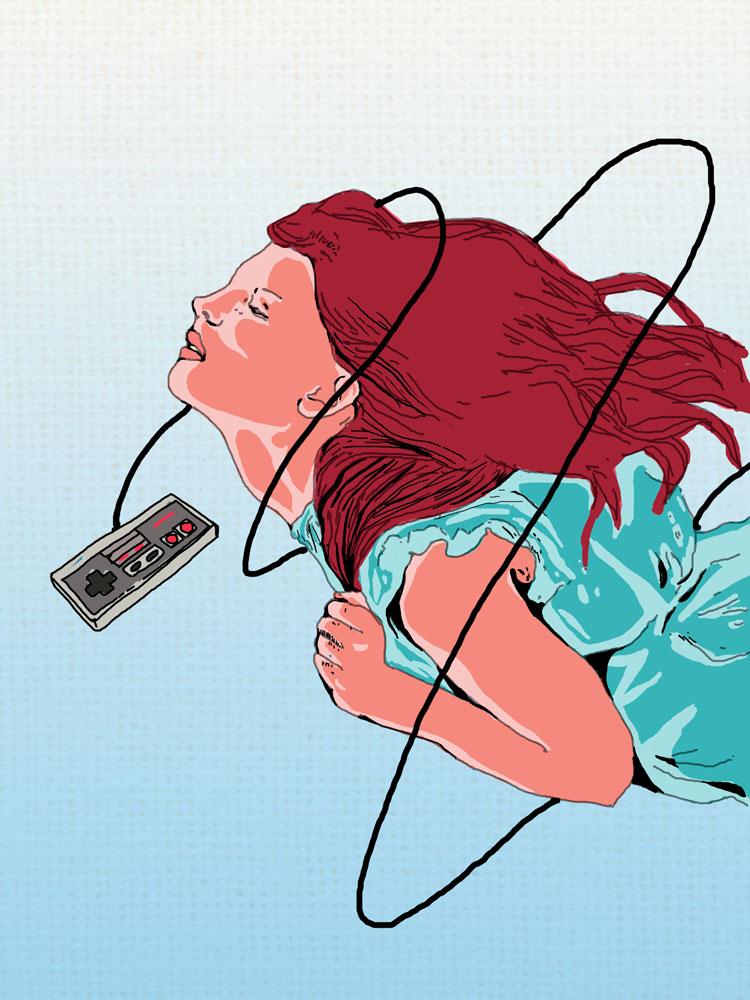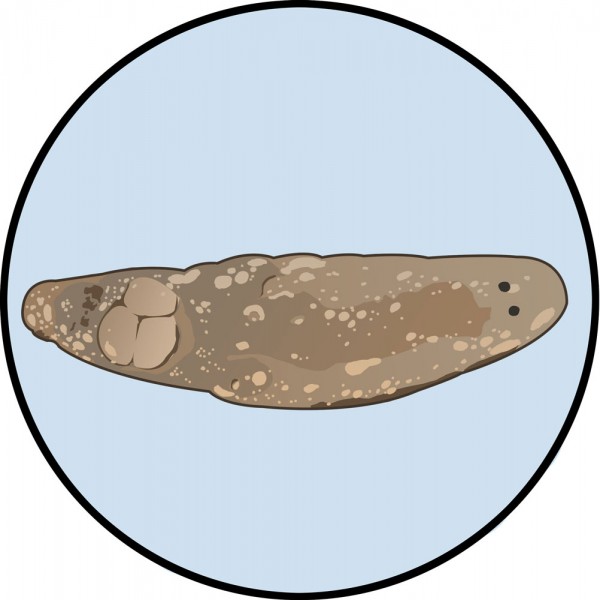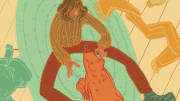Nintendo wants to improve your quality of life
Last month a Nintendo patent was noticed online in part due to its interesting design. This device, distinct from Nintendo’s new upcoming video game console, appears to be geared towards promoting a healthy lifestyle.
The patent, which was filed in January 2014, describes an alarm clock-sized docking station with speakers and a ceiling projector.
Some people speculate that this device may be a sleep monitor that Nintendo had mentioned last year in a company leadership statement.
The patent describes the device’s ability to obtain physiological information about the owner as they sleep, such as pulse rate and body temperature. This would be a rough gauge of how well the user is sleeping.
The device would then send the collected information to Nintendo servers where it can be analyzed.
A sleep score would be sent back to the device and projected onto the ceiling. The ceiling projector may also include suggestions on how to improve your sleep, such as a different diet or exercise regime.
This device would be a stepping point in Nintendo’s hopes of developing a quality of life venture. Don’t worry – they still plan on making video games.
HEY! WHY ARE YOU SCARED?
There is something ineffable about a human scream. They are particularly good at making us feel uneasy and alarmed.
Recent research has discovered why screams are so much better at putting you on high alert when compared to other loud and high-pitched noises.
Human screams are unique in that they possess a distinct acoustic property called roughness. This acoustic property is not found in any other kind of human vocalization.
Roughness refers to a high rate of change in a sound’s loudness over small periods of time. Human screams tend to change much more rapidly than normal speech.
Using clips of human screams taken from movies, YouTube videos, as well as volunteers in a sound booth, the researchers analyzed how screaming effects the human brain.
The researchers found that the roughness of a human scream produced a response from the amygdala, a part of the brain that is responsible for the fear response.
It is likely that this specific reaction to human screams helped our ancestors remain alive in perilous situations.
The researchers noted that this discovery can help improve things like car and house alarms, as well as making movie screams more realistic, by imitating these qualities.
Auto-fertilization from a self-inflicted wound to the head
For most animals, not being able to copulate with a mate effectively terminates its opportunities to reproduce. For the aquatic flatworm Macrostomum hystrix, it means that the only thing left to do is to get freaky with itself.
M. hystrix is a hermaphroditic worm, meaning it possesses both male and female reproductive organs.
M. hystrix’s stylet, the male copulatory organ found near the tail, is very similar to a needle in its design. This allows for a mating strategy called hypodermic insemination, where sperm is introduced into a mate’s body through a traumatic wound.
When faced with total isolation from mates, these worms will do something bizarre and super-duper kinky: they use their needle-like stylet to inject sperm into their own heads.
While some animals are designed in a way that allows their male and female gametes to float towards each other to allow for fertilization, M. hystrix is not so lucky. These worms have to poke themselves with their stylet because their male and female reproductive bits are physically isolated from each other.
When mating with another worm, these puncture wounds are typically close to the female reproductive parts. But when there isn’t a mate around, the sperm don’t mind making the longer journey from the head.
When mating with oneself, the puncture wound has to be in the head because that is the only part of the worm where the stylet can reach.
Not surprisingly, this is the first documented case of animals injecting sperm into their own heads.
Reproducing with oneself is usually less desirable than mating, as your offspring are less genetically diverse and are often less likely to survive variable environments. In the animal world, however, having offspring of any kind is usually better than having no offspring at all.







